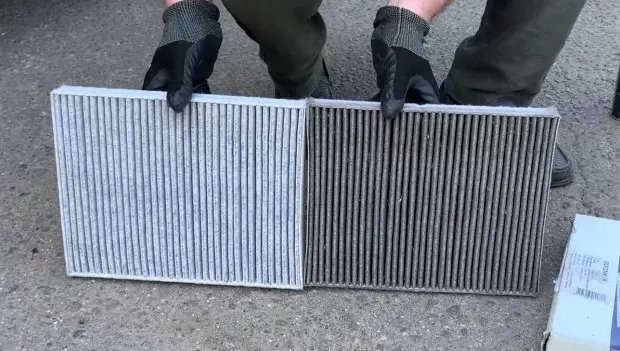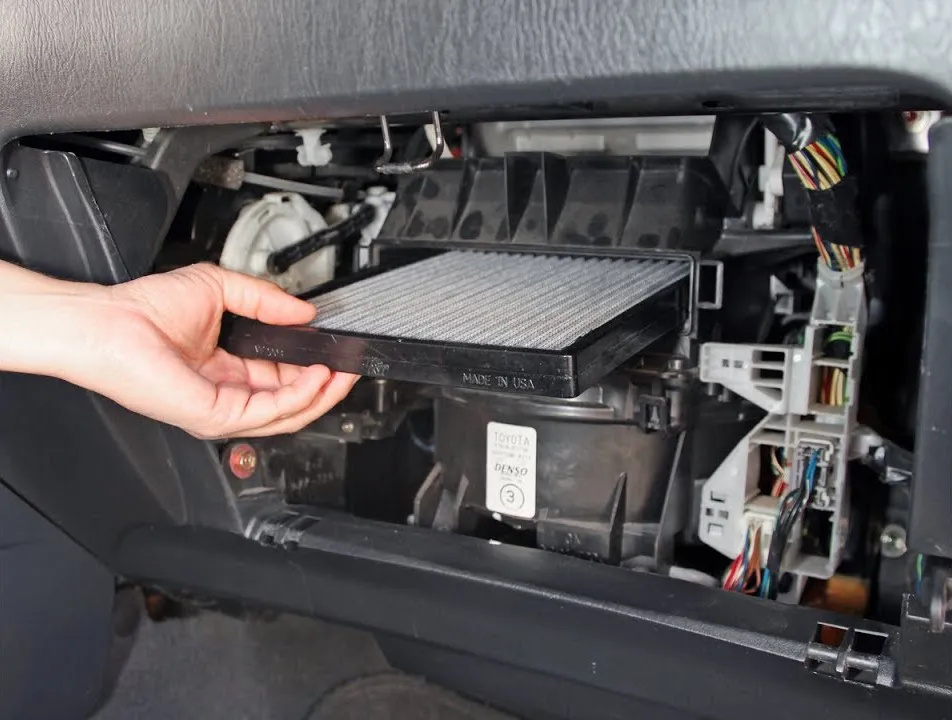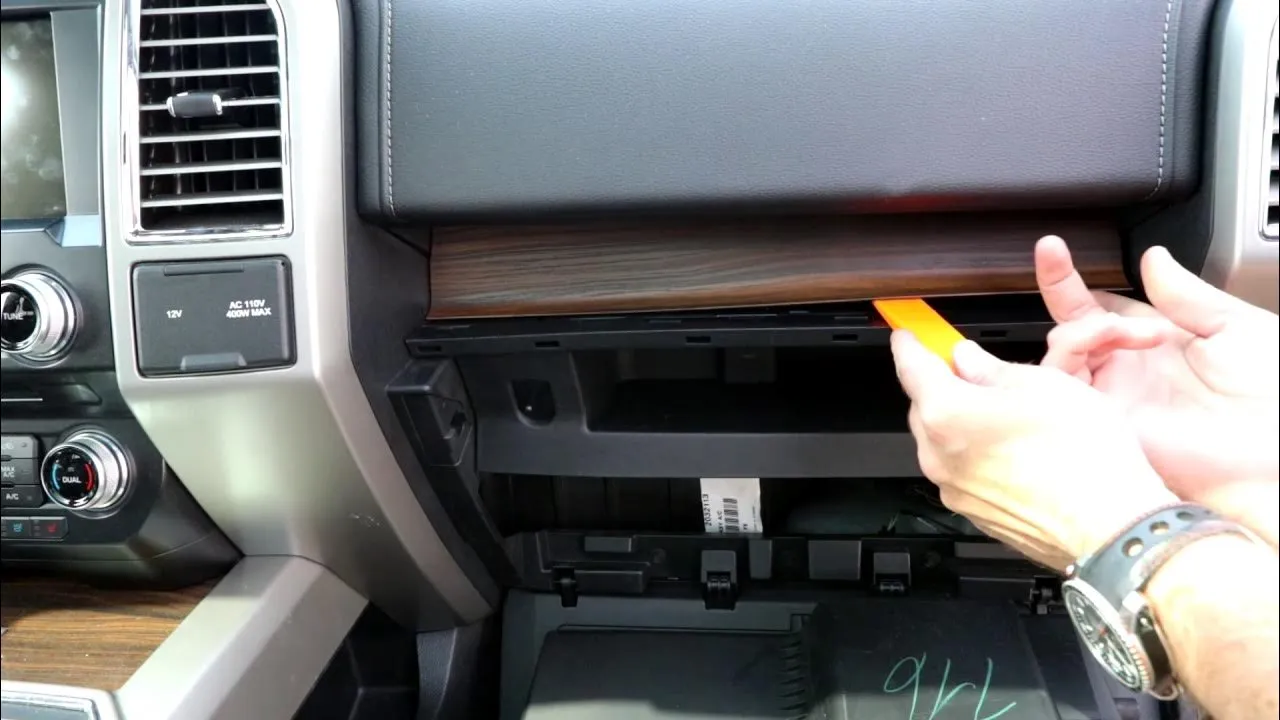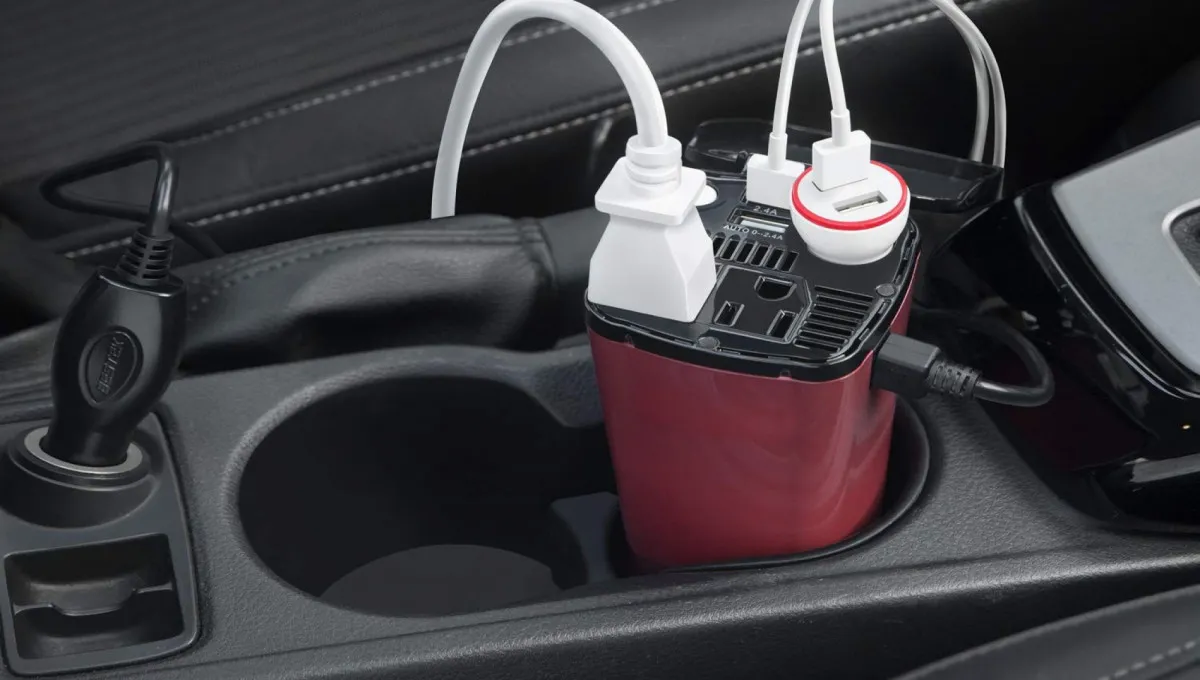How Often You Should Change Your Cabin Air Filter — and How to Do It: Practical Tips for American Drivers
If you suffer from allergies, this is one maintenance task you really shouldn’t skip.

At first glance, the cabin air filter might seem like a small, insignificant part of your car. In reality, it plays several crucial roles in keeping your driving environment clean and healthy.
It purifies the air inside your vehicle. The filter traps dust, dirt, and other airborne particles that enter through the ventilation system — and even blocks most unpleasant odors from the outside.
It protects you from allergens. A good filter catches pollen and other irritants, which is especially important if you’re prone to seasonal allergies.
It helps your ventilation system work properly. By preventing dust buildup on the A/C evaporator and other components, it ensures better airflow and more efficient heating and cooling.
In a sense, the cabin air filter is like your car’s lungs. But many drivers forget about it until the windows start fogging up or a musty smell fills the cabin.
Where the Cabin Filter Is Located
Depending on your car, the filter may sit behind the glove box, under the dashboard, or beneath the hood. The way it works is simple: outside air passes through the ventilation system and goes through the filter, which captures debris and lets clean air through. Over time, that filter gets clogged and loses efficiency.
Types of Cabin Air Filters
Cabin filters differ in how effectively they trap harmful particles:
-
Standard dust filters – block dirt, pollen, and larger debris.
-
Activated carbon filters – in addition to dust, they absorb odors and harmful gases thanks to a layer of activated charcoal.
-
Enhanced protection filters – may include antibacterial coatings or special layers designed to trap allergens.
Your choice depends on your needs and driving conditions. If you often sit in traffic, drive on dusty roads, or deal with allergies, choose a premium filter with maximum protection. For occasional highway driving, a basic filter will usually suffice.
Avoid cheap knockoffs. Low-quality filters often have thin materials that don’t trap much dust. Stick to OEM or reputable brands. Most manufacturers recommend replacing the cabin air filter at every service visit or every other one — roughly every 10,000 to 20,000 miles.
As the filter collects dust, leaves, and other debris, airflow decreases, and bacteria start to thrive in the damp, dirty environment — which can lead to unpleasant odors and even health risks.
The replacement interval can vary depending on where you live. City driving, heavy air pollution, dusty roads, or high humidity can all shorten the filter’s lifespan.
Signs Your Cabin Air Filter Needs Replacing

-
Weaker airflow: even on high fan speed, the air barely comes through the vents.
-
Allergy symptoms: sneezing, watery eyes, or throat irritation while driving.
-
Slower heating or cooling: the cabin takes longer to reach a comfortable temperature.
-
Foggy windows: especially if it happens in dry weather — poor airflow prevents moisture from escaping.
-
Unpleasant odors: a musty, dusty, or moldy smell when you turn on the fan or A/C.
If you notice a damp or sour smell when you start the heater or air conditioner, that’s a sign of bacteria or mold buildup inside the filter housing — especially common after rainy weather or in winter when condensation forms in the system.
How to Replace the Cabin Air Filter Yourself

A shop might charge you around $100 for this job, but you can do it yourself in about 30 minutes with minimal effort — even if you’ve never used a screwdriver before.
What you’ll need:
-
Phillips screwdriver
-
Flashlight
-
Vacuum or cleaning wipes
-
A new cabin air filter
Step-by-step guide:
-
Locate the cabin air filter. Check your owner’s manual or look it up online.
-
Remove the access panel or cover. If it’s under the glove box, release the clips and open the cover.
If it’s behind the glove box:
-
Open the glove box and press in the sides to release the stops.
-
Lower it and remove the plastic cover held by screws or clips.
If it’s under the hood:
-
Open the hood and find the plastic housing near the windshield cowl.
-
Unclip or unscrew the cover to reach the filter compartment.
-
-
Take out the old filter. Note which way it’s installed — the direction of the airflow usually matters. Snap a quick photo to remember.
Tip: If it feels stuck, double-check for hidden clips or screws before pulling.
-
Clean the housing. Use a vacuum or a damp wipe to remove dust and leaves. A clean compartment helps your new filter last longer.
-
Install the new filter. Follow the airflow arrow printed on the frame (it typically points downward or toward the cabin).
-
Reassemble everything. Replace the cover, screws, and glove box or panel.
A Final Note
Neglecting your cabin air filter can reduce your car’s heating and cooling performance, strain the blower motor, and — most importantly — expose you to dust, allergens, and bacteria. Replacing it regularly is a small effort that makes a big difference for your comfort and health.
You may also be interested in the news:

What a Car Power Inverter Is—and Why You Might Want One
A car power inverter explained: what it does and when it actually makes sense to use one.

Smart Picks for Buyers: The Top 4 Most Reliable Used Pickup Trucks in the U.S.
A short list of the most dependable used pickups, especially useful if you’re planning a purchase in the near future.

How Often—and How Properly—to Refuel Your Car So It Lasts Longer
Some drivers wait until the warning light comes on, others keep the tank full, and some top up whenever they find a spare minute. Those habits can have a bigger impact on your car than you might think.

These Car Movies Every American Should Watch: Our Top 5 Picks
You’ve probably seen many of them before, but revisiting these classics can still deliver the same rush as the first time.

Why you shouldn't press these buttons in your car: some could be dangerous
These controls are easy to hit by accident—or out of inexperience, especially for new drivers.